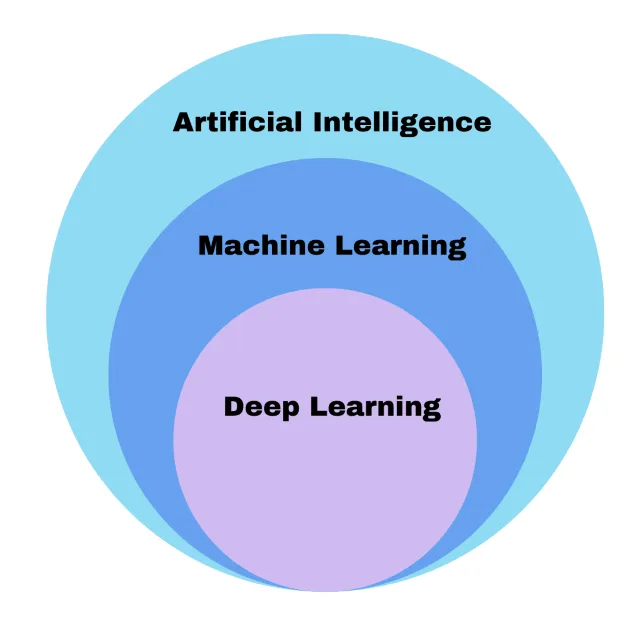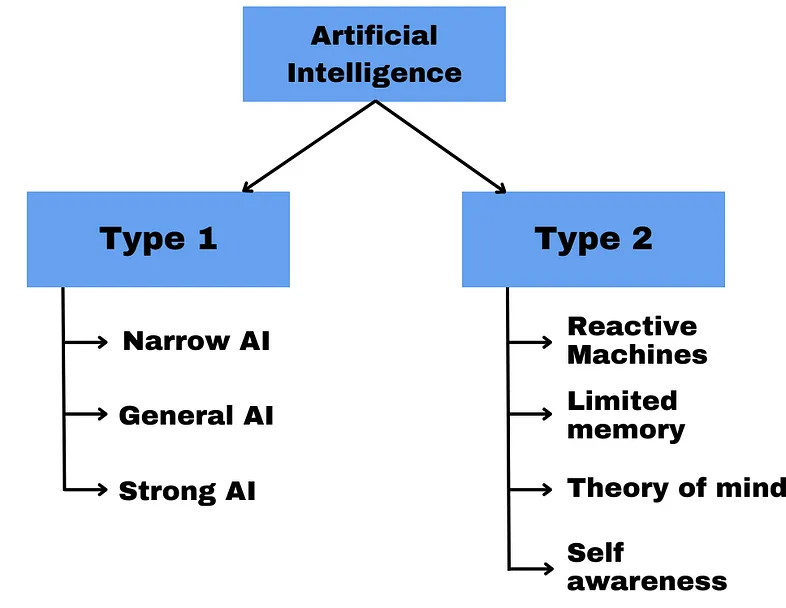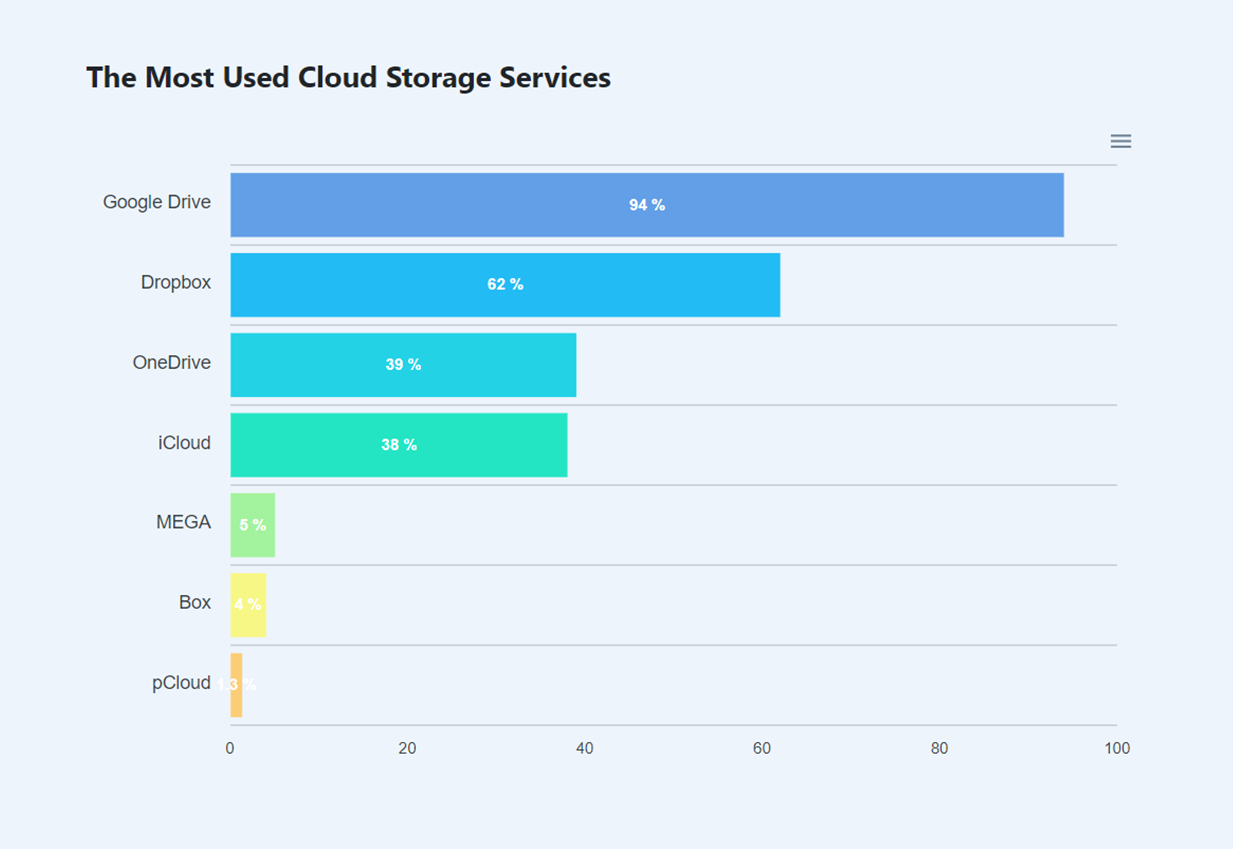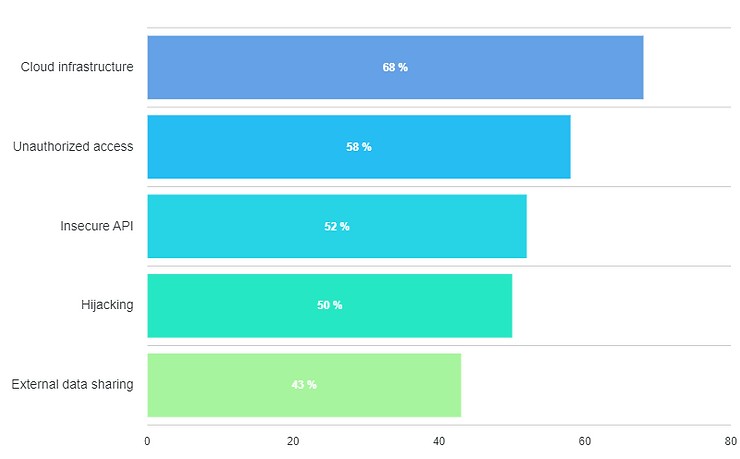Ever wondered what blockchain is and how it looks? Let's explore the realm of blockchain together. This blog focuses on the basics of blockchain technology along with its applications. In this evolving era, it is important to understand this technology because, according to recent research, blockchain has the potential to reshape the future and the way we perceive it.
3 posts tagged with "Data"
View All TagsIntroduction to Artificial Intelligence (Part - 1)
Unlock the mystery of AI with this epic multi-part series, taking you on a journey from its humble beginnings to the present day. Join us as we explore different aspects of Artificial Intelligence in this entire series.
Artificial Intelligence (AI) is an exciting and rapidly growing field that has the potential to transform our world in countless ways. From self-driving cars to virtual personal assistants, AI has already made its way into many aspects of our daily lives, and its applications continue to expand.
Artificial Intelligence is composed of two words Artificial and Intelligence, where Artificial defines “man-made,” and intelligence defines “thinking power”, hence AI means “a man-made thinking power.”
Artificial Intelligence is a branch of computer science by which we can create intelligent machines which can behave like a human, think like humans, and able to make decisions.
But what exactly is AI, and how did it come to be? In this article, we’ll take a brief look at the history of AI and its evolution over time.
Early Concepts of AI
The idea of machines that could mimic human intelligence dates back centuries, with early examples including the ancient Greek myths of Talos, a giant bronze statue that could move and act on its own, and Pygmalion’s statue, which was brought to life by the goddess Aphrodite.
 |
|---|
| Figure 1 — Talos by Adrienne Mayor |
In the modern era, the concept of AI began to take shape in the mid-20th century. In 1950, computer scientist Alan Turing proposed the “Turing Test,” which is still used today to measure a machine’s ability to exhibit intelligent behavior equivalent to, or indistinguishable from, that of a human.
Early AI research focused on rule-based systems, in which machines were programmed to follow a set of explicit rules to solve problems. While these systems were effective for some tasks, they were limited by their inflexibility and inability to learn from experience.
AI has many sub-categories like Machine Learning and Deep Learning. People usually tend to use these terms interchangeably. Let’s look at these terms in brief -
 |
|---|
| Figure 2 — By the Author — Types of Artificial Intelligence |
The Rise of Machine Learning
In the 1980s, a new approach to AI emerged: Machine Learning. This approach involved designing algorithms that could learn from data, identify patterns, and make predictions based on that data.
Machine learning algorithms were initially used for simple tasks such as recognizing handwritten characters, but their applications quickly expanded to more complex problems, including speech recognition, image recognition, and natural language processing.
Deep Learning and Neural Networks
In the 2010s, a subfield of machine learning known as deep learning began to emerge, fueled by advances in computing power and data storage. Deep learning algorithms are modeled after the structure and function of the human brain, using artificial neural networks to simulate the behavior of neurons and synapses.
Deep learning has enabled breakthroughs in areas such as image and speech recognition and has led to the development of autonomous vehicles and other advanced technologies.
The Future of AI
As AI continues to advance, its potential applications are virtually limitless. From personalized healthcare to smart homes and cities, AI has the power to revolutionize nearly every aspect of our lives.
As Uncle Ben says, “With great power comes great responsibility.” AI systems become more sophisticated, it’s important to ensure that they are designed and deployed ethically and responsibly, with consideration for issues such as bias, privacy, and security.
Types of Artificial Intelligence
 |
|---|
| Figure 3 — By the Author — Types of Artificial Intelligence |
Artificial Intelligence — Type 1: Based on Capabilities
Narrow AI
- Narrow AI is a type of AI that is able to perform a dedicated task with intelligence.
- Narrow AI cannot perform beyond its field or limitations, as it is only trained for one specific task. Hence it is also termed weak AI. Narrow AI can fail in unpredictable ways if it goes beyond its limits.
- Some Examples of Narrow AI are playing chess, purchasing suggestions on e-commerce sites, self-driving cars, speech recognition, and image recognition.
General AI
- General AI is a type of intelligence that could perform any intellectual task with efficiency like a human.
- The idea behind the general AI is to make such a system that could be smarter and think like a human on its own.
- It is currently a hypothetical concept, and we don’t yet have any real-world examples of this type of AI.
Super AI
- Super AI is a level of Intelligence of Systems at which machines could surpass human intelligence, and can perform any task better than humans with cognitive properties. It is an outcome of general AI.
- Super AI is still a hypothetical concept of Artificial Intelligence. The development of such systems in real is still world changing task.
Artificial Intelligence — Type 2: Based on Functionality
Reactive Machines
- Purely reactive machines are the most basic types of Artificial Intelligence.
- Such AI systems do not store memories or past experiences for future actions.
- These machines only focus on current scenarios and react to them as per the possible best action.
- Examples: IBM’s Deep Blue system, Google’s AlphaGo
Limited Memory
- Limited memory machines can store past experiences or some data for a short period of time.
- These machines can use stored data for a limited time period only.
- Self-driving cars are one of the best examples of Limited Memory systems. These cars can store the recent speed of nearby cars, the distance of other cars, the speed limit, and other information to navigate the road.
Theory Of Mind
- Theory of Mind AI should understand human emotions, people, and beliefs, and be able to interact socially like humans.
- This type of AI machine is still not developed, but researchers are making lots of efforts and improvements for developing such AI machines.
Self-Awareness
- Self-awareness AI is the future of Artificial Intelligence. These machines will be super intelligent and will have their own consciousness, sentiments, and self-awareness.
- These machines will be smarter than the human mind.
- Self-Awareness AI does not exist in reality still and it is a hypothetical concept.
Conclusion
Artificial intelligence has come a long way since the early days of rule-based systems, and its evolution shows no signs of slowing down. With ongoing research and development, the potential applications of AI are vast and ever-expanding.
If you enjoy reading stories on similar topics then do follow the account. Let me know your thoughts below
Cloud Computing: Revolutionizing the Way We Store and Access Data
This Blog talks about the emerging trends in Cloud computing, and also gives a gist about the term Cloud Computing and its impact in leveraging businesses and individuals. The cloud has the ability to streamline and improve a variety of processes. From understanding the meaning of cloud computing model to discussing various characteristics, this blog will be your one-stop-shop for all things cloud computing. So, fasten your seatbelts and let's dive into the exciting world of the cloud together!!
What is Cloud Computing ?
Cloud computing is a way of using current technology where we can access and use internet-based services and storage to manage, process, and store data and information, instead of having to have it all on your own personal device or computer.
We can think of it like having access to a giant computer in the sky that we can use to do our work, store our files, and run our applications, without having to worry about the technical details or maintenance of the underlying hardware and software. This makes it easier and more convenient for us to access our data and resources from anywhere in the world, as long as we have an internet connection.
Let's take a look at some intriguing features of Cloud Computing!!
🛠️ On-Demand Self-Service
With cloud computing, we can provision computing services, like server time and network storage, automatically. No communication with the service provider will be necessary. Customers of cloud services can view their cloud services, track their usage, and provision and de-provision services by logging into their cloud accounts through a web self-service portal.
💻 Broad Network Access
Broad network connectivity is another crucial aspect of cloud computing. Through a network and on portable devices like smartphones, tablets, laptops, and desktop PCs, we can access cloud services. A private cloud employs a local area network, whereas a public cloud uses the internet. Broad network access and cloud computing both rely heavily on latency and bandwidth since they have an impact on service quality.
📝 Resource Pooling
With resource pooling, multiple customers can share physical resources using a multi-tenant model. Based on demand, this model distributes and redistributes real and virtual resources. Customers can share the same applications or infrastructure with multi-tenancy while still retaining their privacy and security. Customers may be able to designate the location of their resources at a higher level of abstraction, such as a country, state, or data centre, even though they won't know the precise location of their resources. Customers can pool a variety of resources, including memory, computing power, and bandwidth.
🔗 Rapid Elasticity
Cloud services can be elastically provisioned and released, sometimes automatically, so customers can scale quickly based on demand, thus making it highly scalable. The capabilities available for provisioning are practically unlimited. Customers can use these features whenever they want and in whatever amount. Customers can scale cloud capacity, cost, and usage without incurring additional contracts or charges. We won't need to acquire computer hardware thanks to quick elasticity.
⚙️ Measured Service
A metering capability in cloud systems optimises resource utilisation at an abstraction level appropriate for the type of service. For storage, processing, bandwidth, and users, for instance, we can utilise a metered service. A pay-for-what-you-use model is used to base payments on the customer's actual consumption. Consumers and service providers benefit from a transparent experience that is created by monitoring, managing, and reporting resource use.
Lets have a look at some of the most used Cloud Storage Services
 |
|---|
| Most used Cloud Storage Services |
Google Drive is by far the most popular cloud storage service in the world, with an use rate of 94.44 percent. The finest cloud storage for collaboration, Dropbox, is in second position with a still-impressive 66.2 percent, followed by OneDrive (39.35 percent) and iCloud (38.89 percent). Additionally popular cloud storage providers include MEGA (5.09 percent), Box (4.17 percent), and pCloud (1.39%), all of which made our list of the top cloud storage services.
Statistics on Cloud Service Providers
 |
|---|
| Stats on Cloud Service Providers |
AWS still holds over a third of the cloud services market:
- In Q2 2022, AWS commanded 34% of the cloud market, a 1% increase year-over-year. Azure is second with 21% of the market, followed by Google Cloud (10%), Alibaba (5%), and IBM (4%).
- Amazon's revenue from AWS grew from 5.62 in 2014 to 13.24% in 2021.
- The survey also showed the cloud market continues to grow 34% year-over-year.
It took Netflix seven years to migrate to AWS
Some drawbacks to have a look upon
 |
|---|
| Drawbacks of Cloud Computing |
According to cybersecurity experts, the most pressing cloud security challenges are misconfiguration of the cloud infrastructure (68 percent); unauthorized access (58 percent); insecure API (52 percent); accounts, services or traffic hijacking (50 percent) and external data sharing (43 percent).
If you are interested in finding out more about cloud security, we have an excellent article detailing cloud security measures for cloud storage services.
Conclusion
- In conclusion, cloud computing has become an increasingly popular and indispensable tool for businesses and organizations of all sizes. With its ability to provide on-demand access to a wide range of computing resources, including storage, computing power, and applications, it has transformed the way organizations operate and has unlocked new opportunities for innovation and growth.
- The cloud offers many benefits, including cost savings, scalability, increased efficiency, and improved security. As more and more businesses adopt cloud computing, it is likely that this trend will continue to grow, driving further innovation and enabling organizations to do more with less.
- However, while the benefits of cloud computing are clear, there are also challenges that must be addressed, such as ensuring data security, managing vendor lock-in, and ensuring reliable performance.
- Despite these challenges, the future of cloud computing looks bright, with advancements in areas such as artificial intelligence, machine learning, and the Internet of Things set to further drive its growth and revolutionize the way businesses operate.
In short, cloud computing is here to stay, and its impact on the business world will only continue to grow in the years to come.


